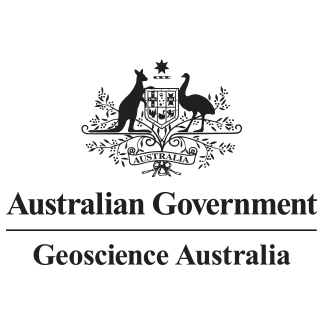Brief description
This dataset describes the seabed morphological features of an area in the South-west Corner Marine Park. The area is within the National Park Zone and adjacent Special Purpose Zone of the Capes region of the marine park. Multibeam bathymetry data of the area was collected during March 2020 and January-February 2021 by Geoscience Australia. The seabed morphological features of the area were mapped using semi-automatic seabed morphology mapping ArcGIS python tools developed by Geoscience Australia. As the result of the mapping, this dataset contains five bathymetric high features: Bank, Cone, Hummock, Mound and Ridge, and one morphology surface feature: Plane, defined in Dove et al. (2020). Dove, D., Nanson, R., Bjarnadóttir, L., Guinan, J., Gafeira, J., Post, A., Dolan, M.; Stewart, H.; Arosio, R, Scott, G. (October, 2020). A two-part seabed geomorphology classification scheme (v.2); Part 1: morphology features glossary. Zenodo. http://doi.org/10.5281/zenodo.4075248Lineage
Maintenance and Update Frequency: notPlannedNotes
PurposeOutput of the NESP Marine Biodiversity Hub Project D3
Created: 08 06 2022
Issued: 29 06 2022
text: westlimit=114.70; southlimit=-34.20; eastlimit=115.00; northlimit=-34.00; projection=WGS 84 (EPSG:4326)
User Contributed Tags
Login to tag this record with meaningful keywords to make it easier to discover
Download the shapefile [6.0 MB]
uri :
https://d28rz98at9flks.cloudfront.net/146848/146848_00_0.zip![]()
global : f26d864b-7e4d-422f-8456-adb01c3445a5
- DOI : 10.26186/146848

- URI : pid.geoscience.gov.au/dataset/ga/146848

- global : f31e4e49-c6d7-4ec2-b3f2-2658cebadbbb


